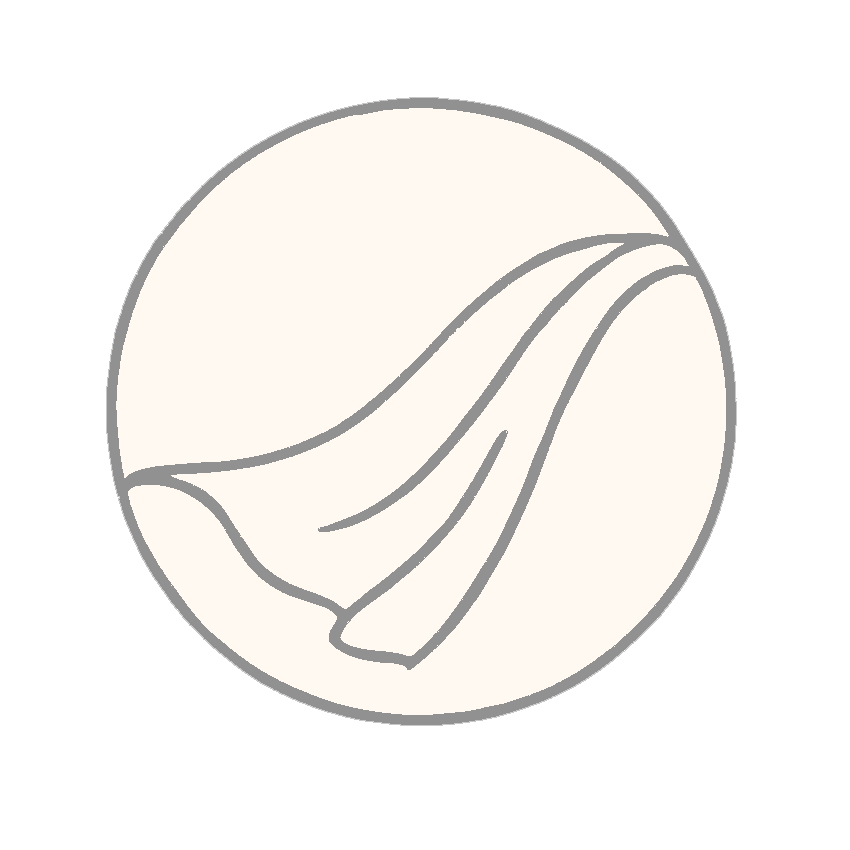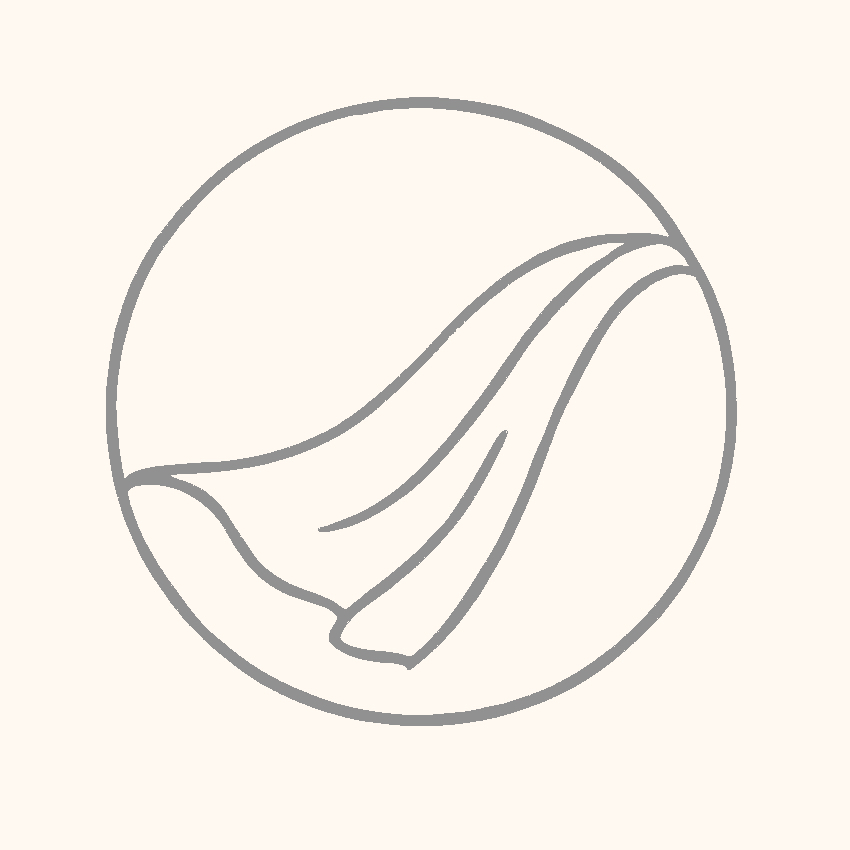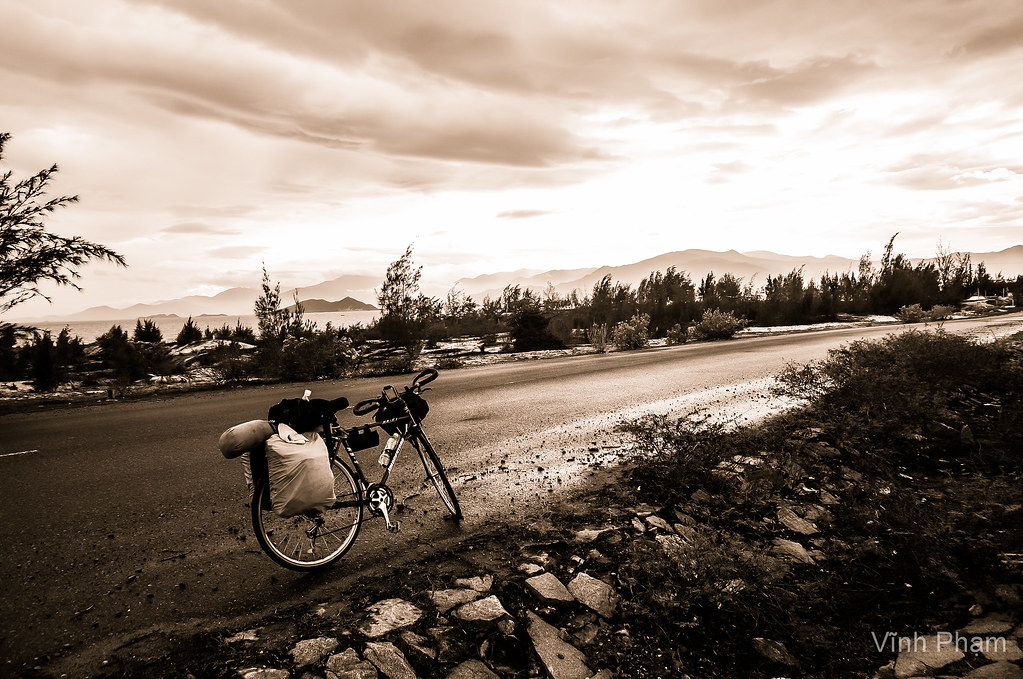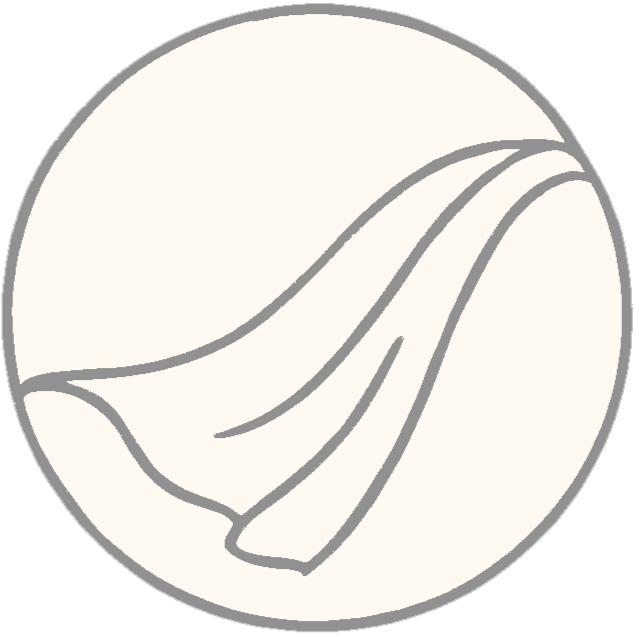Walking alone on a difficult path
At the Asia-Europe Meeting (ASEM 5) summit in 2004 and the APEC Economic Leaders’ Meeting in 2006 held in Vietnam, designer Minh Hanh chose “Ly silk” (silk from Ho Viet Ly, director of Toan Thinh Silk) to make outfits for 39 ASEM 5 leaders and 21 APEC economy leaders. The images of the leaders in Vietnam wearing outfits made from Vietnamese silk filled many Vietnamese with pride… After the event, Mr. Ly continued to quietly research, producing multicolored silk and adding various silk gift products.
Occasionally visiting the Toan Thinh Silk store at 180 Ly Tu Trong, District 1, it’s easy to notice the changes: there are more types of silk, ranging from cotton blends to 100% silk, from sheer chiffon and organza to thick dupioni and damask… Every product sold here is beautifully packaged, accompanied by a guide on how to use it in Vietnamese and English. Now, in addition to hundreds of silk fabric samples for various clothing styles, fashionable silk garments from the Setaly brand, the store also proudly displays a variety of silk scarves and ties in rich colors.
Mr. Ho Viet Ly – Director of Toan Thinh Silk – enthusiastically shared:
– The silk scarves printed with Vietnamese landscapes from Toan Thinh Silk are currently being sold at shops in Tan Son Nhat airport, as a gift for those far from home and to warm the hearts of frequent business travelers, especially those engaged in diplomatic work who wish to introduce the image of Vietnam.
Reporter: But outside of Ben Thanh Market and Dong Khoi Street, we haven’t seen Toan Thinh Silk products?
Mr. Ho Viet Ly (HVL): It’s true, we don’t have a separate store in those places yet, but occasionally vendors in those areas place orders with Toan Thinh Silk.
Reporter: Having opened a silk weaving company in Ho Chi Minh City 13 years ago, it seems you chose the right place for natural silk products – a premium fabric?
Mr. HVL: I started in this industry in 1981, so I’ve been involved for over 30 years, while the company was officially established 13 years ago. The market for silk products is growing, although slowly. The largest increase is among those who are just starting to appreciate silk. Our loyal customers prefer wearing silk and won’t choose other fabrics… which is growing at a slower pace. The majority of Toan Thinh Silk’s customers are still Vietnamese. Once they try Toan Thinh silk, they always return to buy more.
There are regions where Toan Thinh Silk products weren’t available before, such as Da Nang and Nha Trang, but now they are. I know my weakest point is advertising; our products are mainly sold through “word of mouth” and our website www.toanthinhsilk.com. Indeed, Toan Thinh Silk hasn’t fully exploited all promotional opportunities, and we are planning to address this shortcoming.
Reporter: What is the biggest difficulty in selling silk, in your opinion?
Mr. HVL: Many people don’t realize that silk is entirely made from natural fibers, so producing it involves numerous stages, which is why the price can’t be low. It starts with growing mulberry trees, raising silkworms, and reeling silk… It takes about a month for silkworms to spin silk, so farmers often have to work tirelessly, as the saying goes: “Growing rice, eat lying down; raising silkworms, eat standing up” (meaning raising silkworms is very labor-intensive). Producing beautiful silk fibers requires skilled artisans. Weaving those fibers into silk fabric isn’t easy either. To create a perfect meter of fabric, I must combine handcraft techniques with modern machinery.
On the other hand, customers are also hesitant about the need to hand wash or dry clean silk. In reality, if you know how, it doesn’t take much time at all. We always guide customers on washing, drying, ironing, and storing silk products. However, perhaps only very meticulous people dare to wear silk daily. It requires time for washing and careful attention during ironing and wearing… to maintain the colors and durability of the silk.
The expense of silk is justified if people understand that silk is lightweight, luxurious, and provides coolness in summer and warmth in winter.
Reporter: Where does Toan Thinh source all its silk?
Mr. HVL: We source all our silk domestically, with the largest supply coming from Lam Dong.
Reporter: I’m truly surprised to see that Ly silk is so diverse, with many colors and patterns?
Mr. HVL: Indeed, the research and design to create various fabrics from silk fibers and achieve diverse colors is Toan Thinh’s greatest strength. I feel happy and proud that our dyeing process for floral patterns is now excellent, producing quite beautiful fabrics, especially for ao dai (traditional Vietnamese dress), meeting customer demand. It wasn’t like that before.
Reporter: I heard that Ly silk is also dyed using natural fruits and leaves?
Mr. HVL: We have had customers request Toan Thinh to dye silk fabric with natural colors, and we have successfully used materials like brown tubers, cashew seeds, gac fruit, turmeric root, bamboo leaves, indigo leaves, mangosteen, and more for dyeing.
The colors of the plants and flowers around us are abundant and can be incorporated into silk. The most labor-intensive part is extracting colors and ensuring they are colorfast on the fabric. Creating a silk product with natural colors requires repeated testing and is quite labor-intensive, so naturally, it is more expensive than chemically dyed fabrics due to the meticulous and detailed dyeing processes, but it is completely safe for the skin as it does not cause allergies.
I still dream of having a store that specializes in selling naturally dyed silk, environmentally friendly. Silk dyed with natural colors mainly has muted tones, not bright colors, but it feels very pleasant to wear. Currently, we only produce naturally dyed silk when there are specific requests.
Reporter: What is your latest product?
Mr. HVL: For the past year, I have focused on a travel product line, which includes scarves, from thin to thick, featuring floral patterns or famous Vietnamese landscapes like Hue, My Son, Sapa… with prices ranging from 300,000 to 1.5 million VND each. Recently, we even created jasmine-scented silk scarves. Even after washing, the silk scarf retains a delightful jasmine fragrance.
Reporter: Surely the design and research team at Toan Thinh Silk consists of many talented people?
Mr. HVL: To be honest, working with silk requires passion; my wife and I are passionate about silk and pass that enthusiasm on to the young people from Quang. Some of them have accompanied the company until today.
My parents were from Dien Ban District, Quang Nam Province, and had a tradition of growing mulberries and raising silkworms. Later, when I married my wife, she was also a mulberry grower and silkworm raiser in Lam Dong. This union has led us to be deeply connected to silk, even when we drifted to Saigon to build a career, we couldn’t let go of this passion.
Before establishing the silk weaving factory in Saigon, I had to learn how to make silk from many places, from the north to the central region, and even to China, India, and South Korea… to learn. Many nights, I stayed up until 2 or 3 AM to finalize fabric pattern sketches on the machine. Once I had a sample, I had to figure out how to weave it into silk, and my wife was the first to use it to identify the strengths and weaknesses of the product.
Now that our children are grown, I’m starting to involve them in the business. The family aspect helps this profession endure because there must be passion from within the family to be deeply engaged in the craft. Silk weaving is very difficult due to the sensitivity of silk fibers, making it easy to ruin during the weaving process, so only those who understand can respect it.
Reporter: You once said: in this profession, you chose a solitary path in a difficult journey; why then do you want your children to follow?
Mr. HVL: In Saigon, Toan Thinh is the only silk weaving factory, and I don’t have any companions, having walked this silk road alone. To build a community and share hardships in this craft, one must venture far. Thanks to my passion for silk, I have sought knowledge, conducted research, and found ways to succeed.
I have chosen this profession as my lifelong commitment, and now



